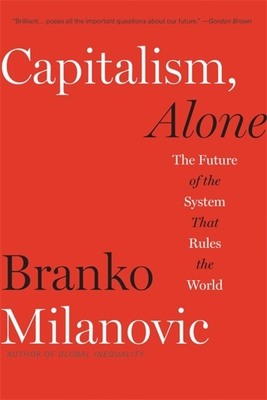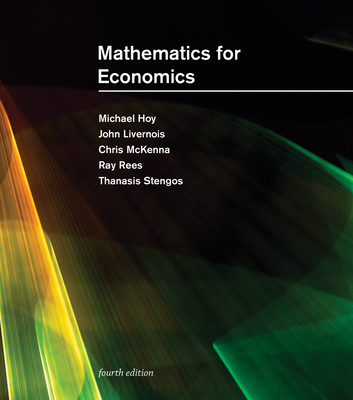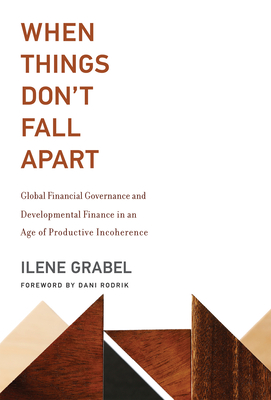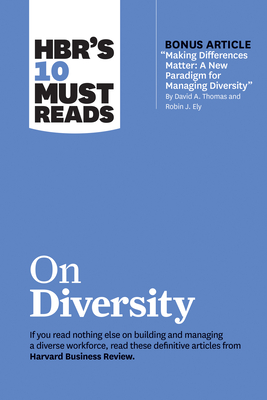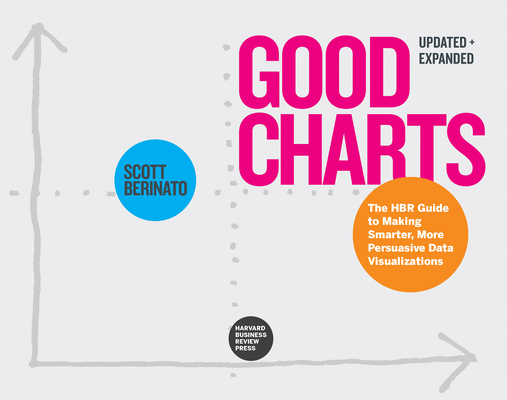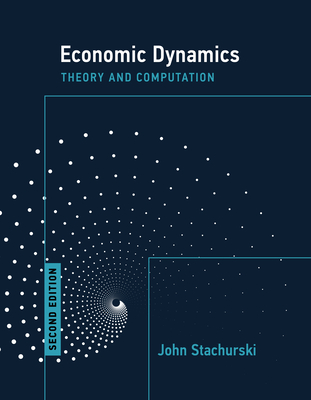
The Multinational Paradigm (MIT Press Classics)
Description
Nontechnical yet analytically rigorous, The Multinational Paradigm represents a new direction in understanding the multinational corporation. Aliber suggests that changes in the relative rates of economic growth of countries lead to changes in exchange rates that have an important impact on the financing, sourcing, and marketing decisions and practices of individual firms. He provides a unique perspective for examining what is different about business in a global context by placing these decisions in the framework of the multinational paradigm - the choice between whether the firm should centralize or decentralize its production, marketing, and finance and the factors involved in this trade-off. Aliber's theory is the first to adequately explain why the flow of direct foreign investment shifted in the 1980s toward the US as a host country.In a framework that Aliber calls the Andy Warhol view of countries in the world economy he proposes that every country has a short time span (15, 20, or perhaps even 30 years) during which it grows rapidly; thus individual countries experience growth at different times. He argues that during this growth period real interest rates and profit rates are high, capital flows to the country, and its currency appreciates. New firms are formed at an increasingly rapid rate, and the average age of both the labor force and the industrial plant and equipment of the typical firm decreases. When the growth rate within a country slows, these conditions are reversed. In separate chapters, Aliber discusses the implications of changes in growth rates of individual countries for strategic management and for financing decisions (currency denomination of a firm's debt, cash management practices, capital budgeting). He applies the multinational paradigm to decisions about location of plants and to the trade-offs between global and national marketing. Changes in the pattern of direct foreign investment are analyzed and conflicts between host governments and multinational corporations are evaluated in terms of the paradigm.


